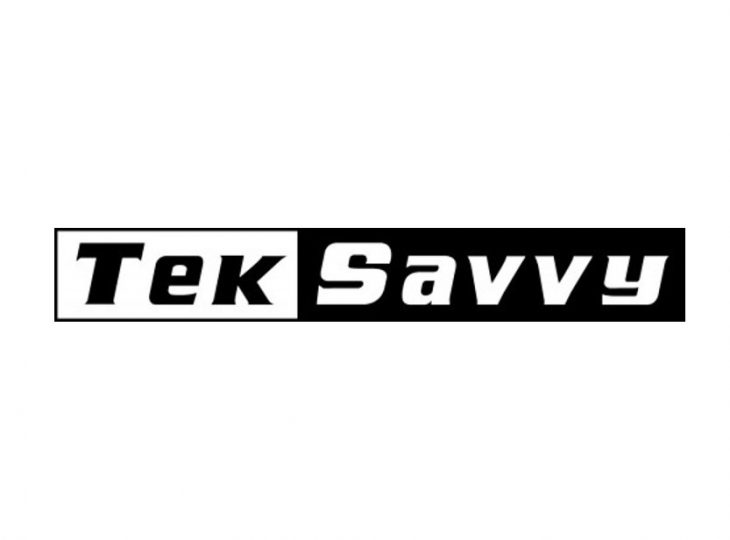
CHATHAM and GATINEAU – Last month, independent ISP TekSavvy lodged an official complaint to the CRTC over its most recent Communications Monitoring Report.
In its February 13th letter, TekSavvy noted the telecom portion of the 2018 CMR, which analyzes 2017 data, was not only very late (released December 20, 2018) and disjointed, but it also did not follow the same methodological standards and practices of prior reports.
“The CRTC published the 2018 Report in the waning days of 2018, during an open proceeding that involves a challenge to an earlier CRTC decision to restrict competition for Internet services,” reads the Teksavvy letter, alluding to a proceeding that is incredibly important to the company.
(At the heart of the matter is an application before the CRTC filed by Canadian Network Operators Consortium asking the CRTC to remove speed caps [50 Mbps on telecom and 100 Mbps on cable] applied to resellers like TekSavvy using incumbent networks’ wholesale facilities. CNOC told the Commission, among other things, that the caps restrict competition because an ever-increasing number of Canadians want higher and higher speeds.)
In a letter dated February 18, 2019 from CRTC chief consumer officer and executive director consumer affairs and strategic policy Scott Shortliffe, in response, TekSavvy was told nothing is going to change going forward, other than the Commission does want to publish the CMR faster.
“The CMR is currently going through changes in order to publish in a timelier manner and to provide stakeholders with data in an easy to use format. In order to do so in the face of the constantly evolving communications industry, the report is changing format and is focussing on certain data points,” reads Shortliffe’s letter.
The Commission plans to continue to publish the CMR in spread out chunks, something TekSavvy complained about, with more sections of short summaries, rather than detailed analysis, accompanied by massive data dumps on the CRTC portion of the federal government’s Open Data portal, said the letter.
Shortliffe noted that the CMR sections on household expenditures and pricing were released in August and November, respectively, which “enabled stakeholders earlier access to the data as well as the opportunity to analyse trends and inform their submissions ahead of the full release of the report, having access to the sections as well the data in a spreadsheet format,” reads the letter.
He also dismissed TekSavvy’s complaint that the changes to the CMR make it difficult to analyze trends over time by removing some comparable datasets, adding “we are adapting the CMR to present relevant data in a timely fashion” and said CRTC staff can guide the company through the new report if they can’t find certain things.
Shortliffe also reiterated a timely report is very important and then added “We note that TekSavvy has not met our deadlines for submitting information in the last few years. Given the size of TekSavvy in the Canadian Telecommunications market, a timely submission from you and from other companies is key in allowing us to produce high quality metrics for the CMR in a timely fashion.”
TekSavvy’s vice-president of regulatory and carrier affairs Andy Kaplan-Myrth took to Twitter yesterday to vent his frustrations, writing “For over a decade, the CRTC followed clear rules and standards so this public report could inform Canadians and allow them to participate in its proceedings. This report broke those rules, and the CRTC's reply makes it clear that they have no intention of fixing it.”
“We asked (the CRTC) why and pressed for greater transparency for this key source of evidence. The CRTC's reply has no answers.”



